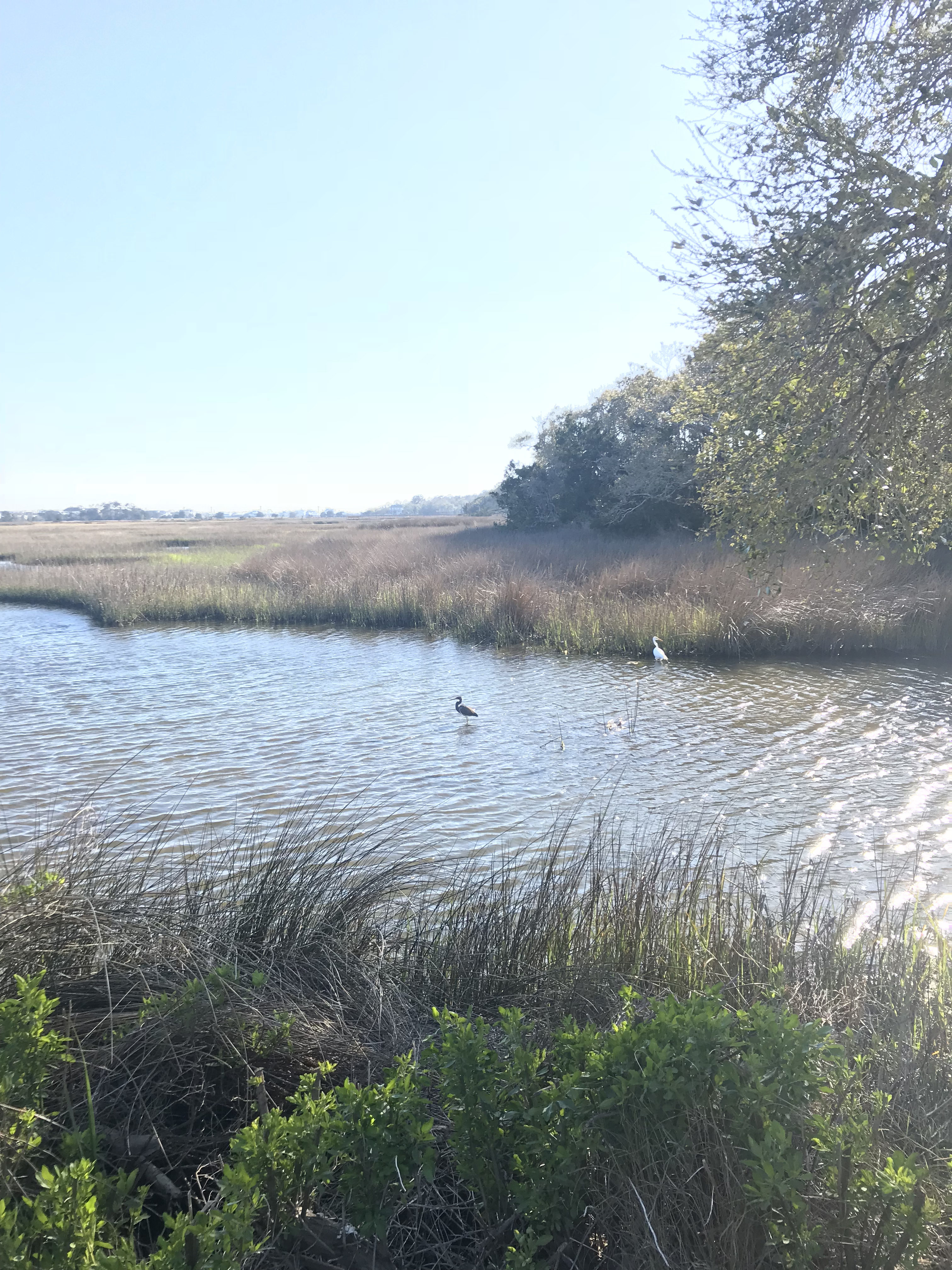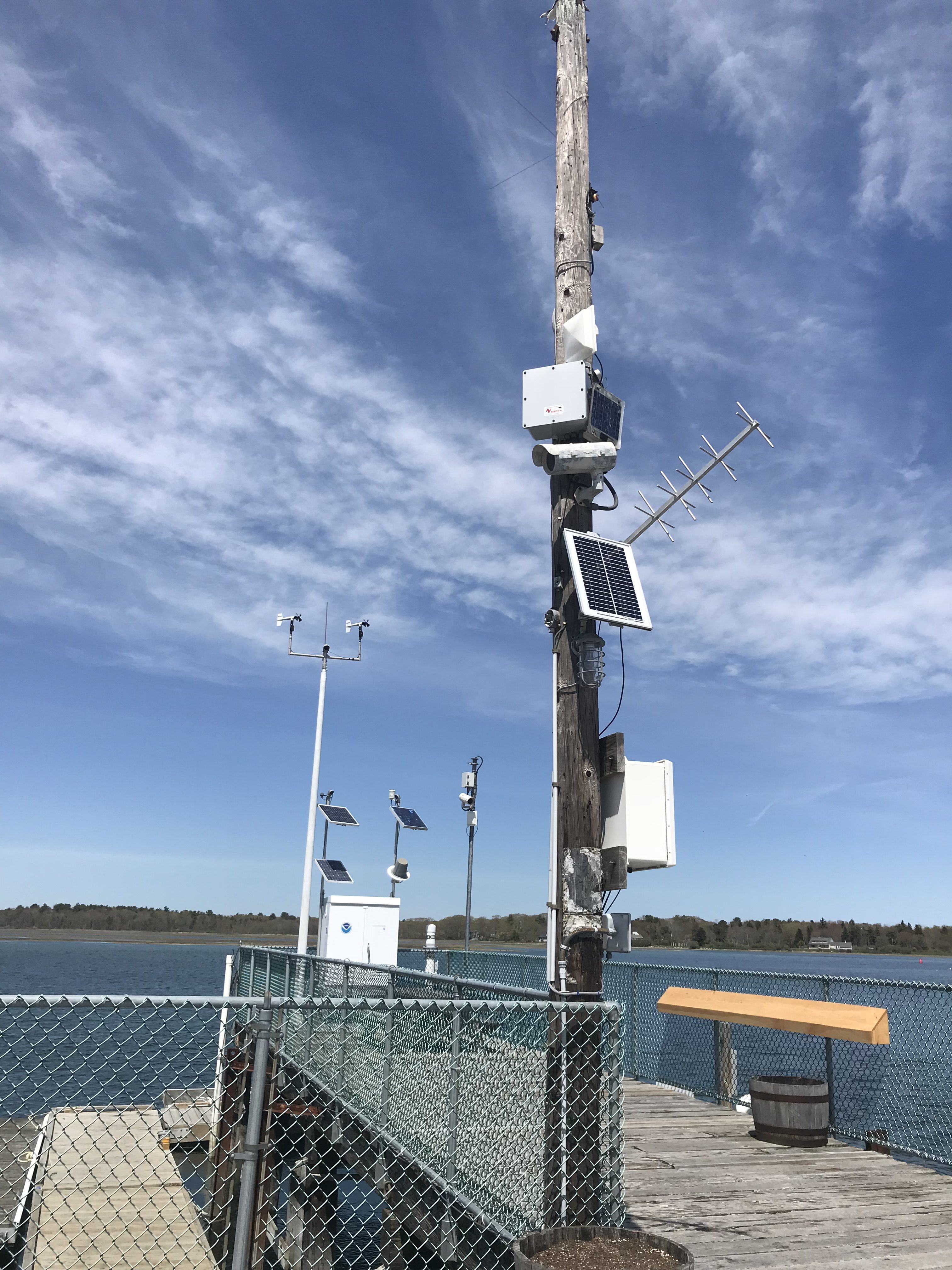The Wrack
The Wrack is the Wells Reserve blog, our collective logbook on the web.
The Wrack is the Wells Reserve blog, our collective logbook on the web.
This spring, I had the opportunity to accompany our System-Wide Monitoring Program (SWMP) lead technician, Jeremy Miller, to the annual training workshop in the (mostly) sunny area of Pawley Island, South Carolina.

SWMP is a long-term monitoring program at each of the 29 National Estuarine Research Reserves that measures and evaluates coastal ecosystem functions and changes. I highlight, twenty-nine. That number did not sink in until I was sitting in the training workshops, observing the hard work and coordination that goes into ensuring all the reserves collect the exact same parameters using the exact same protocol. Standardizing this process is no easy feat and that is what makes this annual workshop so important.
As a seasoned veteran of SWMP, Jeremy attends the workshop as a presenter for the "newbies" to the program like me. I attended the 4-day workshop with a new notebook and freshly sharpened pencils to take in as many details as possible.
And what struck me was exactly that — all the details that go into making SWMP a success.
The success of this program is truly in those details. Getting the best, most comparable data across all 29 sites requires a lot of oversight. Like a recipe for a chocolate cake, we want all the ingredients to be correct and measured out to make identical cakes throughout the system.

Throwing a data sonde into the river to collect continuous data sounds easy, right? Well… there is a lot of pre- and post- processing that goes into putting them out!
One of the "labors of love" in the SWMP program is calibrating and swapping out water quality data sondes roughly once a month to keep the system running optimally and reduce any loss of data from probe malfunctions, dead batteries, and other disasters.
Calibrations are done in a "rule of 3" mindset. Before we calibrate a probe, we rinse the probes with the solution we want to calibrate to 3 times before taking the reading. For example, to calibrate the probe to pH 7, we would rinse the probes with the pH 7 buffer 3 times, drying off the probes between each rinse, before initiating the final pH 7 calibration.

When my mind wasn’t racing with protocol talk I enjoyed seeing the different marine species found in South Carolina waters. Pictured below is a ghost crab and a mottled purse crab (dead), two species I had never come across in our colder Maine waters.
All in all, it was an amazing chance to connect with other SWMP techs who are doing the same thing throughout the country, to learn more about the work that goes into collecting this data, and to take in all the lovely palm trees!